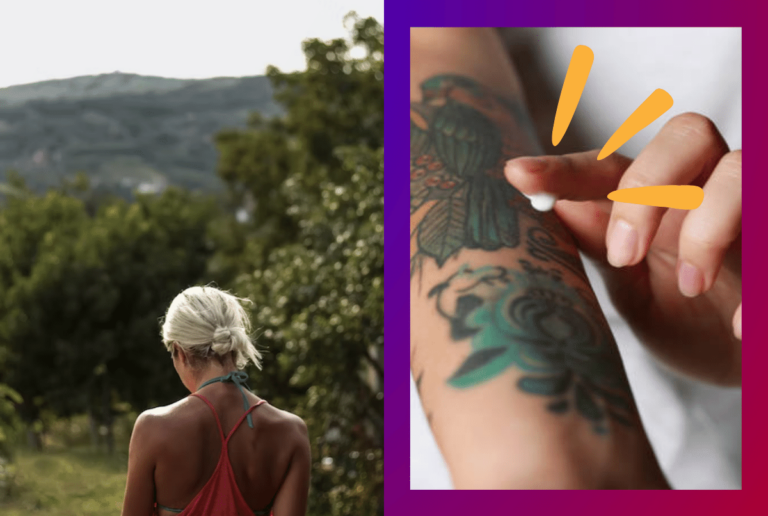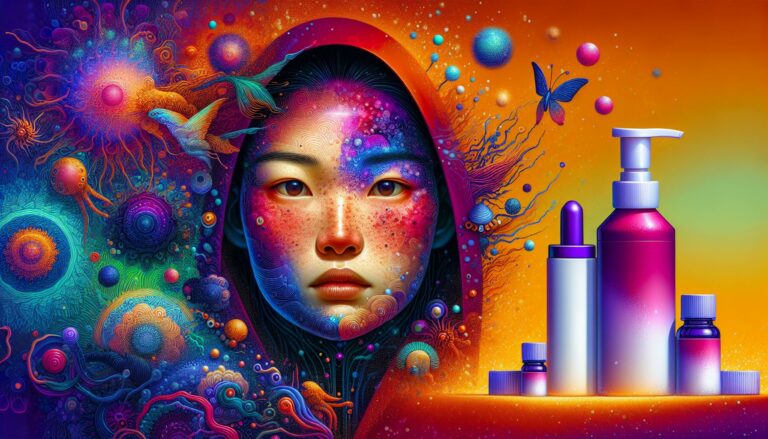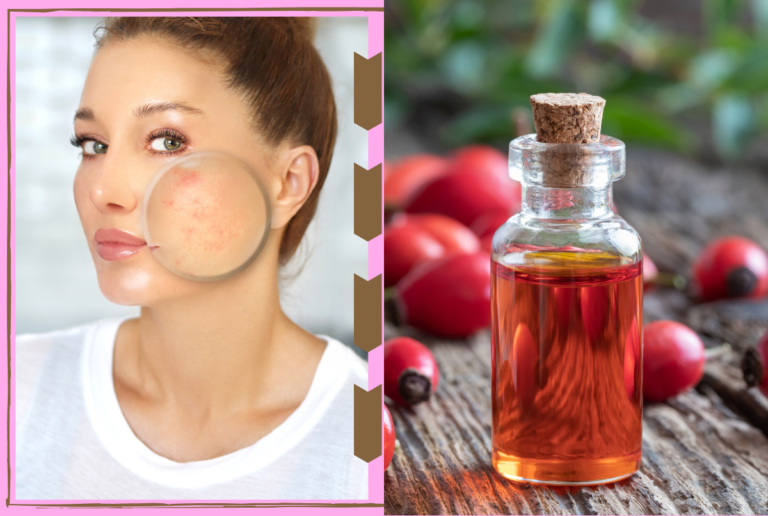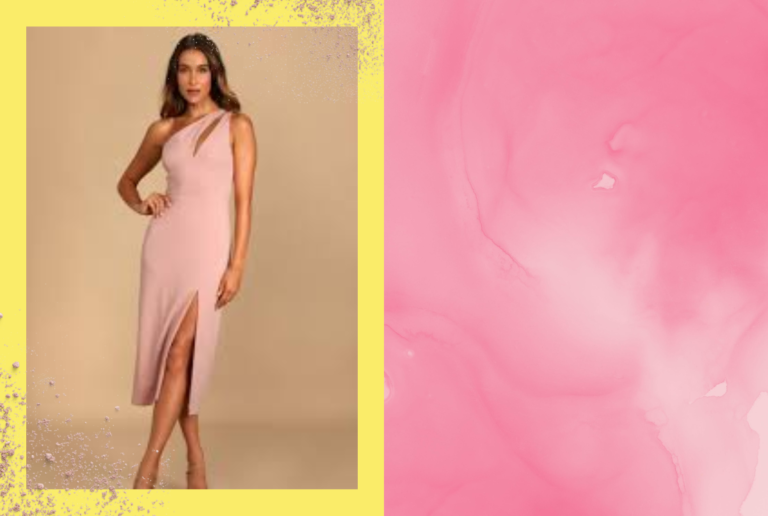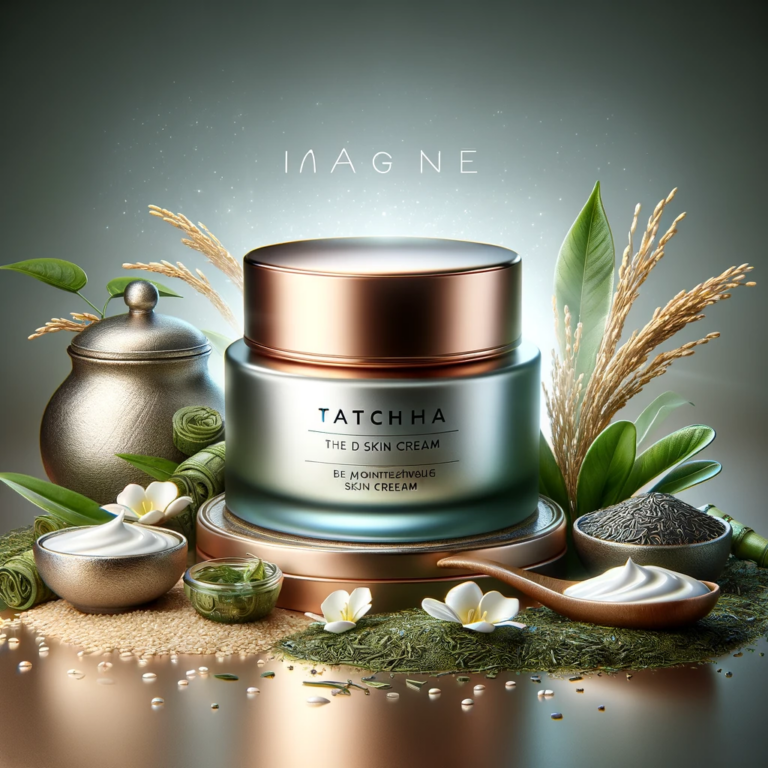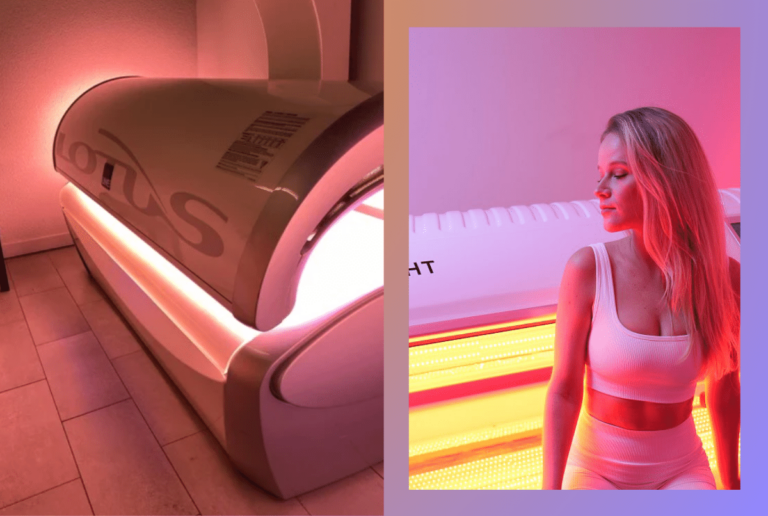Ivory Skin Tone: What Is It And Skincare Tips
From skincare to makeup, finding the right products that will make your skin flawless is challenging.

Though there are a lot of factors to consider, skin tone is the most important among them. And do you know that our skin tone is determined by our undertones– the natural colors that appear below the skin surface? What we mean to say is that melanin produced by melanocytes determines how light or fair our skin tone is.
There are six main skin tones, which are subdivided into multiple categories. Among those, ivory skin tone falls in the “very light” group, and that’s why people often confuse it with alabaster and porcelain skin tones.
Thus, we decided to clear your doubts by answering all your questions regarding ivory skin tone in this guide. Also, you’ll find some useful skin care tips here to keep your skin healthy and refreshed. So, make sure to read until the end!
Ivory Skin Tone – What Is It?
As the name indicates, ivory skin tones are very light in color, more like that of an elephant’s tusk. It is creamy white, and people with ivory skin may have golden, pink, peach, or yellow undertones. As previously mentioned, this skin tone is often confused with other fair skin tones, like alabaster and porcelain, but they are not the same.
While all these skin tones can be classified as fair, they have subtle differences. For instance, porcelain skin tone is the lightest of all, while alabaster is a bit darker. The ivory skin tone is the darkest among all the three white skin tones and can be subdivided into neutral and warm.
What Is Warm Ivory Skin Tone?
An ivory skin that has yellow undertones is called a warm ivory skin tone. Most people with ivory skin tones usually have blue or pink undertones, but some are blessed with peach and yellow undertones.
This variation occurs due to different types of melanin produced by melanocytes. The two types of melanin responsible for providing color to the skin are eumelanin and pheomelanin.
Eumelanin provides black or brown color to the eyes, hair, and skin, while pheomelanin provides red and pink colors. The latter is also present in hair and is the primary pigment in red-headed individuals.
Among the six skin types, Type I has the lowest amount of eumelanin and the highest amount of pheomelanin, which provide it with a pinkish, pale appearance.
The Difference Between Cream And Ivory Skin Tones
The main difference between a cream skin tone and an ivory one is that the former has a lighter appearance. Ivory, despite being one of the fair skin types, is much darker than cream skin tones due to the presence of yellow hues, which becomes more prominent with age.
In contrast, cream skin tones are very close to white and are named after dairy cream, which is often used as an ingredient in dairy products.
Where Is Ivory Skin Most Prominent?
You will find people with ivory skin, usually in Mediterranean countries like Italy, Southern France, and Turkey, as well as in North America and Asia. But they can even be found in the Caucasian and mid-European regions, like Georgia and Russia.
In such areas, people tend to have skin tones with peach, golden, or pink hues, and the eye and hair color may also vary. Depending on their genes, you may find people with such skin tones having blonde or black hair.
Determining Whether You Have An Ivory Skin Tone
You can compare the undertones of your skin or its general features with various skin types to know whether you have an ivory skin tone. That is to say, if your skin color is off-white or pale or is susceptible to sunburn, you have an ivory skin tone. Furthermore, people with an ivory skin tone also find it hard to tan.
Since ivory skin is categorized under Type I, it is among the palest of all skin tones and cannot tolerate the UV rays of the sun. People with such skin tones also have gray, green, or blue eyes and blond, red, or beige hair. Note that these characteristics vary from person to person.
Determining Your Skin Tone
1. Using The Fitzpatrick Skin Type Scale
The Fitzpatrick scale has been designed to classify human skin color using numerical values and was developed to study the response of different skin types to UV rays. On this scale, the ivory skin tone appears as Type I, though it is not as fair as porcelain skin.
You can compare skin tones using the scale to know whether you have ivory skin or not.
2. Performing The Vein Test
Another effective way to check if you have an ivory skin tone is by performing the vein test. Look at the color of the veins on your wrist– if they appear pink, blue, or purple, you have a cool undertone.
On the other hand, if they appear green, you have a warm undertone, while a bluish-green appearance indicates a neutral undertone.
3. Performing The Sun Test
People with ivory skin tones fall in the Type I category of the Fitzpatrick scale. So, like other Type I skin tones, ivory skin is a sensitive skin type that doesn’t tan but burns. Sunburns on such skin types are often followed by blisters and peeling, which can be very painful.
4. Using Your Jewelry
This is one of the easiest ways to determine whether you have an ivory skin tone or not. Trying out various gold and silver jewelry can help determine whether your skin undertone is warm, cool, or neutral. People with warm undertones look best in gold jewelry, while those with cool undertones look better in silver jewelry.
On the other hand, if you look good in both silver and gold, your skin may have a neutral undertone.
Common Skin Problems With Ivory Skin Tones
As mentioned before, ivory skin tone is among the most susceptible skin tones, and people with such skin can face various problems, such as:
1. Damage From The Sun
Skin tones under Type I can get damaged from sun exposure more quickly than others. And since this skin type contains less melanin, it is highly susceptible to diseases like skin cancer.
The American Cancer Society (ACS) states that the risk of melanoma skin cancer is highest among people who fall in the Type I category of the Fitzpatrick scale. Also, people with such skin type can suffer from other problems due to sun damage, such as skin burns, sun spots, and signs of aging.
2. Photoaging
Due to lower levels of melanin in fair skin types, they are at a greater risk of photoaging. Photoaging is the premature appearance of lines and wrinkles on the skin due to damage caused by UV rays.
Prolonged exposure to the sun can cause damage to all skin types. But according to the Canadian Dermatology Association (CDA), the skin types at most risk are Types I and II, which makes them vulnerable to problems like photoaging.
It is not surprising to find photoaging levels as high as 90 percent among many adults in North America and Europe.
Effective Skin Care Tips For People With Ivory Skin
1. Using A Broad-Spectrum Sunscreen
People with lighter skin tones must take extra efforts to protect their skin from the sun. As such, they should apply sunscreen with an SPF of 30. Sunscreens with SPF 70 and 100 are highly effective in blocking the sun’s rays from reaching your skin.
2. Applying Soothing Creams
Pale skin tones, such as ivory skin tone, are highly susceptible to redness, which can be prevented using a calming and soothing cream. Such creams can also reduce irritation and alleviate discomfort caused by sun exposure.
3. Making Use Of Tanning Creams And Lotions
If you have fair skin, it is recommended to avoid tanning salons and sunbathing and use a self-tanning lotion instead. Such lotions can slowly add shades to your skin, providing more effective control over the tanning process. Some tanning products contain ingredients like aloe vera and vitamin E, which are beneficial for the skin, so you might as well opt for them.
4. Keeping Out Of Direct Sunlight
People with a fair skin tone should try to keep out of the sun as much as possible and always wear protective clothing when stepping out. You can use accessories like sunglasses, hats, and umbrellas to protect yourself against UV rays.
Other than that, make sure to stay hydrated, cleanse your skin frequently, and keep it moisturized to avoid skin issues.
Some Useful Makeup Tips
As previously mentioned, people with ivory skin can have cool or warm undertones depending on their complexion. Your skin undertone plays a crucial role in determining which makeup products you should opt for. For instance, people whose skin has red, blue, or violet tints must choose cool-colored makeup products, like blue, green, aqua, purple, and pink.
In contrast, those with golden, peach, or yellow undertones should go with makeup options that include yellow, red, and orange colors.
1. Foundation
If you’re looking for a suitable foundation for ivory skin, go with options that are packed with natural ingredients like soy and vitamin E. That’s because they enhance the natural glow of the skin. Don’t forget to pair it with an SPF 20 sunscreen that contains titanium dioxide for the best results.
2. Blush
When selecting a blush, choose pink and peach hue options since they can be adjusted according to your complexion easily. Alternatively, you can select colors that are close to your ivory skin tone. Blushes with shimmer are also great for such skin types.
3. Eye Shadows
When it comes to eye shadows, people with ivory skin tones must go with champagne, rose gold, taupe, or light pink color options. Warm, earthy shades like bronze and gold also look good on ivory skin tones.
4. Lip Shades
Sticking to nude color lipsticks is wise for light skin tone beauties, but avoid using classic nude or extremely pale colors. Sometimes, pinks and reds also work well with such skin tones, but when selecting such an option, make sure to keep the rest of your makeup subtle.
To create the most enticing nude color, go with a shade that is closer to the color of your lower lip.
Celebrities That Have An Ivory Skin Tone
Wondering which celebrities are blessed with ivory skin tones? To help you understand, here’s a list of famous personalities with ivory skin tones.
1. Nicole Kidman
One of the most glamorous American actresses, Nicole Kidman, is an Australian by birth and is famous for her versatile roles.
2. Christina Hendricks
Another renowned American actress, Christina Hendricks, who is also known for her modeling work, has an ivory skin tone.
3. Emma Stone
Famous for her musical movie La La Land, Emma Stone is an American actress with ivory skin.
4. Elle Fanning
Elle Fanning is another celebrity who knows how to wear makeup that perfectly complements her light skin tone.
FAQs
1. What colors go well with an ivory skin tone?
You can use grays, greens, and blues if you have an ivory skin tone. Other colors that work well with this skin tone include brown, yellow, beige, oranges, white, and bold reds.
2. Does ivory skin have a yellow tone?
Ivory has an off-white color which is different from pure white and has a yellowish hue.
3. How is ivory skin different from porcelain skin?
Porcelain skin is very fair and has an almost white appearance. It can appear translucent with slightly pink undertones. In comparison, ivory skin has peach and yellow undertones and is not as white as porcelain skin tones.
Final Words
Ivory skin is among the fairest skin types and requires more care than other skin tones. Though it isn’t as fair as porcelain or other light skin tones, it gets damaged by UV rays easily. So, make sure to add the correct skincare products to your routine to maintain your ivory skin tone.
Once you understand your skin tone and undertone, finding the right makeup product won’t be a challenge. Just make sure that the makeup options complement your overall appearance without being overwhelming.
Adios, folks!

